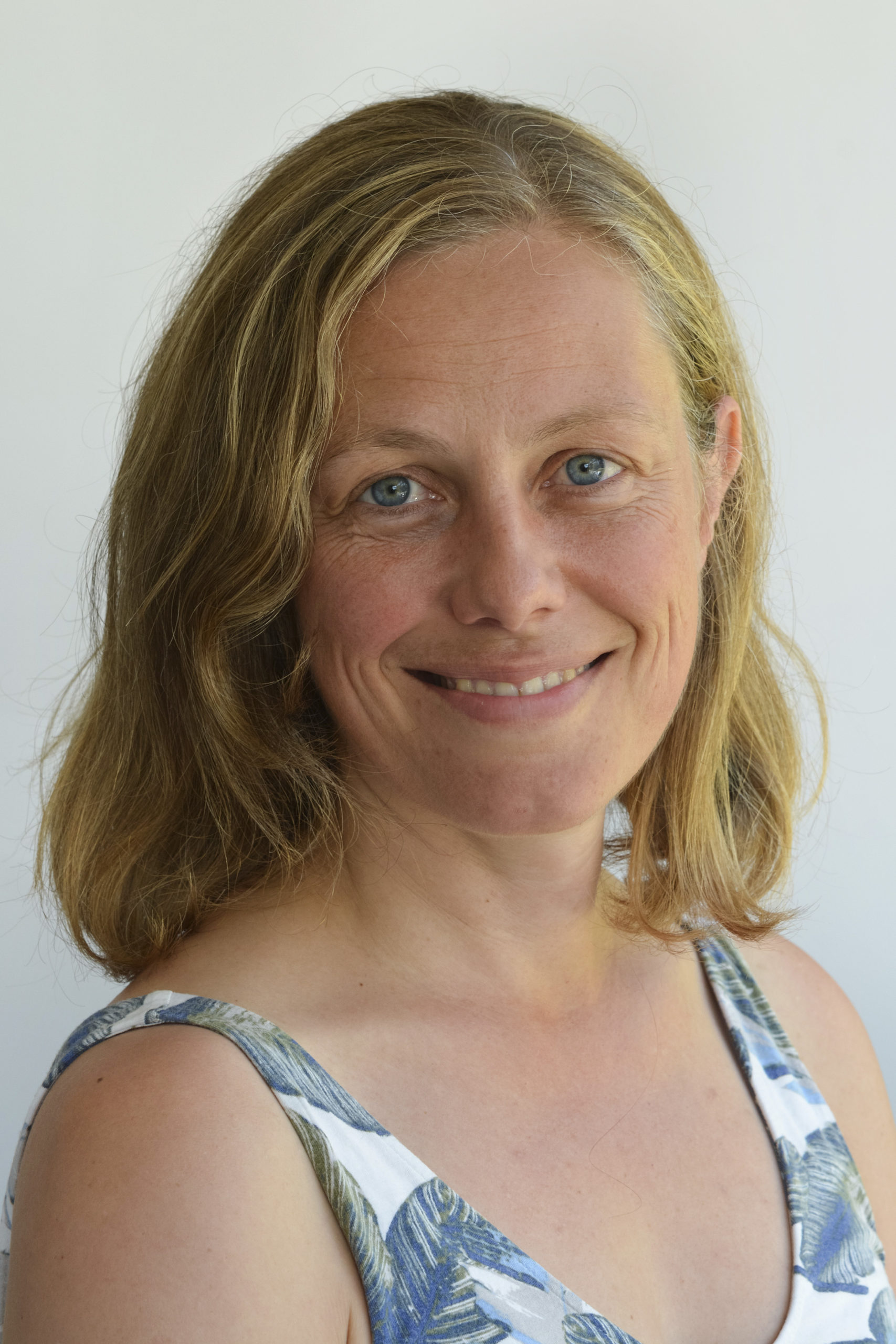Since this blog was published in 2019, the Sanitation Learning Hub have continued work on gender transformative WASH. After an audit of the programme by Water for Women, they co-published a self-assessment tool for gender equality and social inclusion that you can use for your organisation or programme. SLH also co-authored a publication calling for personal, professional and organisational change in the sector.
This blog offers advice for practitioners wanting to apply gender transformative approaches to WASH programming. It has been partly adapted from the workshop ‘Gender Transformative WASH’ (April 2019) that the Institute of Development Studies (IDS) co-facilitated with Dr Sue Cavill for Plan International. The workshop was for Plan country-office staff from Ethiopia, Indonesia, Nepal, Uganda and Zambia implementing the ‘WASH SDG Programme’.
As a sector we are still gathering evidence on what makes up effective gender transformative programming approaches. In this blog I suggest nine ideas for criteria.
Gender transformation: What are we talking about?
Gender transformative approaches to programming aim to transform the power structures that underlie unequal gender relations and norms. Empowering marginalised women and girls to come into the public domain, share their perspectives, take on leadership roles, set political agendas and form movements is central to this approach. Working with men and boys as allies and champions of change is also vital in order to challenge and transform dominant social, economic and political structures that perpetuate gender inequality. Transformative approaches also aim to understand how gender inequalities intersect with and compound other inequalities, striving for more complex and nuanced programming.

(Gender transformative WASH infographic created by Elaine Mercer. CC BY-NC-SA 2.0)
1) A level of personal transformation is needed
Gender issues and dynamics affect everyone individually, every day. Our judgements and decisions around gender and sexuality issues are often so deeply ingrained that we make them unconsciously. To avoid ‘unconscious bias’, it is good to have a clear personal/organisational position on these issues as this will affect your own personal and organisational practice. Don’t forget that programme staff and partners also need space and capacity building to explore and understand their own values, attitudes, beliefs and experiences of gender and sexuality.
Here is an interesting short video about ‘Understanding Unconscious Bias‘ which encourages you to think about the unconscious decisions you might make around gender and other issues. (The Royal Society, 2015)
WaterAid’s ‘Heroes of Change‘ present some good examples of how individual’s stories of transformation around gender norms and WASH practices, can be a source of inspiration for others.
2) Know what gender transformation success looks like and how to measure it
Gender transformation in programming is a process rather than an end goal, which can make it difficult to monitor. However, there are a few tools available, for example, the Gender and WASH Monitoring Tool enables users to explore and monitor gendered relations through facilitated community dialogue. (Plan International Australia and Plan Vietnam (2014))
A central part of gender transformation is women’s empowerment, which is also a set of complex, diverse and multi-layered processes. This short article, ‘Women’s empowerment: Sharpening our focus‘ suggests the need for long-term contextual qualitative research in WASH programming (in addition to quantitative approaches) that monitors small incremental changes around empowerment, which over time can add up to a bigger shift. It also requires intersectional analysis to understand the differences between women’s lived experiences, which can be extremely varied. (Institute for Sustainable Futures, University of Technology Sydney, 2019)
This short ‘primer’ introduces Plan International Canada’s (CNO) architecture for gender transformative programming and measurement. The architecture consists of a rights-based theory of change model followed by two useful tools for measuring transformation: 1) ‘A Women and Girls Empowerment Index (WGEI)’ that measures changes directly associated with the root causes of gender inequality across five gender equality domains (roles and responsibilities, resource access and control, participation and decision making, social norms, institutional change). 2) The five domains are also built into ‘The Scoring Tool’ that assesses and ranks projects based on three specific areas: a) Project Design, b )Gender Equality Analysis Domains; c)Resources for gender equality programming.
3) Research key gender issues that intersect with WASH in your area
Key gender issues that intersect with WASH include:
- Harmful social norms and cultural practices
- Equality and non-discrimination
- Health and nutrition (especially in relation to maternal and child health outcomes)
- Sexual and gender-based violence
- Unpaid/care work burden
- Girl’s education
- Menstrual hygiene management
- Women’s economic opportunities
- Women’s participation, empowerment and leadership
- Men and boys’ engagement in programming
In this short video interview Dr Alison Parker, Cranfield Water Science Institute, talks about the importance of researching both men’s and women’s sanitation and hygiene needs separately when designing toilets.
This short article ‘Intersectionality: ask the other question‘ looks at the WASH sector’s engagement with, and use of, the concept of intersectionality, so as to ensure the voice of those ‘multiply disadvantaged’ individuals and groups are placed at the centre of research and programming, and that the structural factors that give rise to inequality and oppression are effectively challenged. (Institute for Sustainable Futures, University of Technology Sydney, 2019)
The discussion paper ‘Gender Equality and Disability Inclusion within Water, Sanitation and Hygiene: exploring integrated approaches to addressing inequalities‘ is intended as a conversation starter for WASH programme managers and practitioners looking to strengthen their conceptual and practical understanding of challenges and successes in integrating gender and disability in WASH (WaterAid, CBM Australia and Di Kilsby Consulting, 2018).
4) Work with men and boys as allies and champions of change
Our recent edition of Frontiers ‘Engaging Men and Boys in Sanitation Programming‘ looks at the practices and needs of men and boys. It reviews approaches and tools that facilitate men to support women’s leaderships, voice and participation in WASH. It takes a look at how programming can support more positive masculine norms and relations between men and women, and how to bring equality into the division of responsibility between men and women, boys and girls.
A key recommendation is for WASH professionals to collaborate and learn from gender specialists and campaigns that have successfully promoted gender-transformative change by challenging instead of reinforcing gender norms/stereotypes.
5) Facilitate processes and partnerships that lead to stronger women’s participation and engagement
If women are not attending, speaking up, being listened to/taken seriously, facilitating and organising WASH meetings (at any level community/organisational/policy), then the barriers to their participation and engagement need to be critically examined, addressed and transformed.
This short article ‘Leadership and voice: more than add women and stir‘ looks at the need for women’s leadership and voice in the WASH sector to inspire younger generations, shift gender norms and deliver more inclusive policies and development. (Institute for Sustainable Futures, University of Technology Sydney, 2019)
It is also essential to work with women’s organisations and other intersecting civil society organisations to build momentum and pressure to generate transformation. In her video interview, Hanh Nguyen Hong (Thrive Networks/East Meets West) talks about how the Women-Led Output Based Aid (WOBA) programme in Vietnam partnered with the Vietnam Women’s Union, a fantastic and well-connected mobilising force with over 17 million members across the country at all levels, including village level.
6) A rights-based theory of change can be useful
Water, sanitation and gender equality are fundamental human rights and integral to a human rights-based approach to development that recognises the importance and indivisibility of all rights. Women and girls are empowered when they have control over their WASH needs as rights-holders and participate in the planning and provision of WASH services. This position paper Water, Sanitation and Hygiene: A Pathway to Realizing Gender Equality and the Empowerment of Women and Girls draws on examples from the WASH sector and demonstrates how the sector can take an evidence-based, innovative, gendered and rights-based approach to transforming the lives of women and girls, and the communities in which they live.
7) Work with the ‘gatekeepers’ of social norms
There are not many resources focused on working with policymakers to address gender norms to make WASH programmes more gender transformative. However, the materials for ‘Making Rights Real’ are designed to show local government officials how human rights in general can improve the way water and sanitation services are planned, delivered and maintained. (WASH United, WaterAid, Institute for Sustainable Futures – University of Technology Sydney, End Water Poverty, UNICEF and RWSN, in partnership with C3.(2016))
Traditional leaders hold a great amount of power in many communities especially when it comes to influencing social norms. They are important ‘gatekeepers’ who play a vital role in passing on ideas and information to communities. Social norms around gender can be very ‘sticky’ and difficult to change so finding a way to work with traditional leaders can be valuable. This blog ‘Practitioner Tips: Transforming Harmful Gender Norms in WASH with Traditional Leaders‘ offers some thoughts on working with traditional leaders in implementing gender transformative approaches.
In this short video interview Helen Lungu a gender specialist working for Plan International Zambia shares her thoughts on why a gender transformative approach is so valuable to WASH programming especially in challenging restrictive gender norms, practices and policies.
8) Know the challenges and potential unplanned consequences
Working on gender issues, especially using an approach that aims to transform harmful power dynamics will always be welcomed by some more than others. These presentation slides list some potential challenges and unplanned consequences of using a gender transformative approach and ideas for how to overcome these.
9) Grapple with the tensions!
It is also important to acknowledge that WASH programmes alone cannot solve existing social inequalities and structural problems, but that they can be implemented in a way that supports significant change in gender relations and norms.
It is also vital to highlight questions that we are still grappling within this relatively new area, for example:
- How do we address tensions that may arise between WASH programming aims (which are primarily health gains) and those of a gender transformative approach, which are more about redressing power inequalities?
- In reality, how does a gender transformative approach that requires long-term commitment to achieve significant change, fit together with WASH programming which is often short-term?
What next? Your thoughts please!
Are you working on gender transformative WASH programming? Or maybe thinking about it? We would love to hear from you! Tell us about the issues you face, approaches you’ve used (or plan to use), successes you’ve had and the questions that you are grappling with. It would be great to open up a discussion! Email us at [email protected]
This blog was written by Elaine Mercer, Sanitation Learning Hub, IDS




